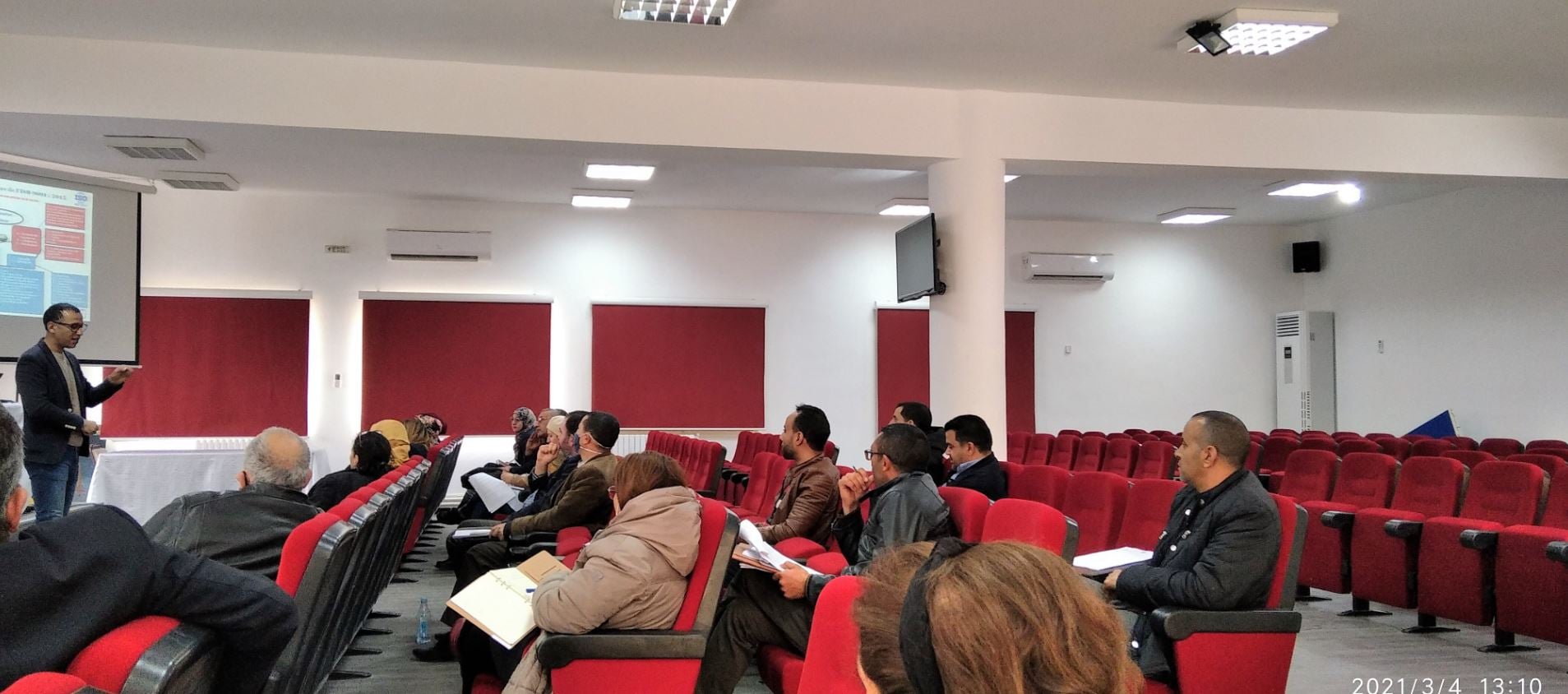Advantages and Disadvantages of Questionnaires and Net Experiments
Questionnaires and web tests are homework methods involving the internet as a means to collect data and are hence often used rather than traditional lab-based experimental designs. They’ve been around since the days of the World Wide Web (World Wide Web, brief: web) and were able to develop rapidly as the Internet evolved and became extensively available (Skitka & Sargis, 2006).
World wide web questionnaires and web tests are useful with regards to collecting huge participant crowded at decrease administrative costs than can be possible in a lab. Even so, these advantages are often counterbalanced by troubles that can arise when using the net as a great experiment location. Birnbaum (2004) highlights some popular pitfalls, which includes incorrect coding and incorrect data collection due to the approach HTML varieties work (e. g., determining the same varying identity to form components, for example , into a questionnaire item asking regarding sex and one requesting sex frequency).
Other problems can also occur, just like drop out and differences in determination between participants. The latter can be particularly troublesome because, mainly because pointed out by Reips (1999, 2002b), it could be possible to interpret between-condition effects however the same members were subjected to distinct stimuli in the same experiment.
Fortunately, many techniques and detailed alternatives are available to avoid these potential problems and perhaps to turn them augmented reality applications into advantageous popular features of web testing. The software software OpenSesame, for example, makes it easy to create and manage complex behavioral experiments over the internet without the need for particular programming abilities.




